Introduction to Thai Chiles
Thai chiles, also known as bird's eye chiles, are small but mighty peppers that pack a serious punch. These tiny red gems are a staple in Thai cuisine and have become a favorite among spice lovers worldwide. With their intense heat and vibrant flavor, they bring a unique depth to dishes that can't be matched by other chili varieties.
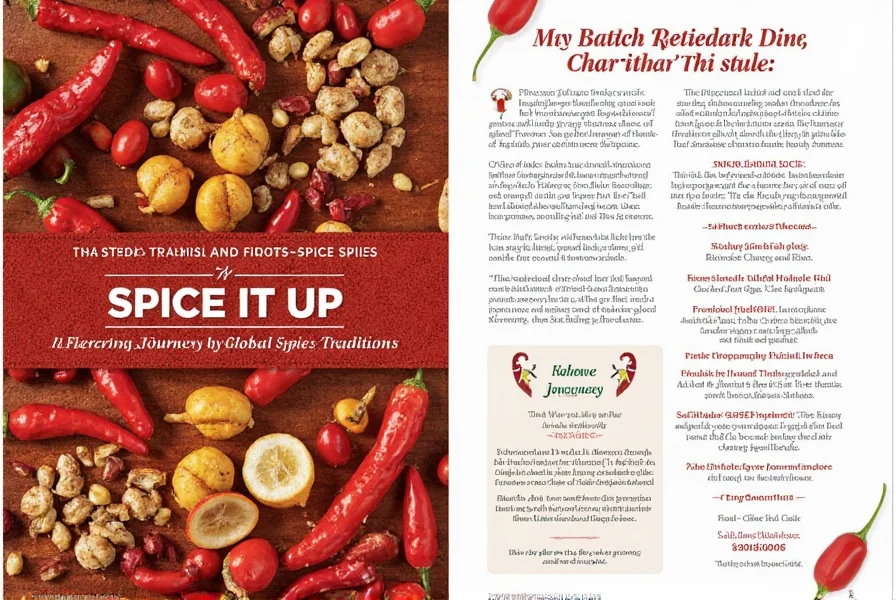
Originating from Southeast Asia, Thai chiles are not just about the heat—they're about the flavor. They have a slightly sweet and tangy profile, making them versatile in both spicy and savory dishes. Whether you're making a fiery pad thai or a zesty curry, these chiles add that extra kick that makes your meal unforgettable.
Global Spice Traditions and Thai Chiles
Spices have been an integral part of human history, shaping cultures, cuisines, and even trade routes. From the fiery curries of India to the bold flavors of Mexican salsas, spices have always played a central role in global cooking. Among these, Thai chiles stand out for their versatility and intensity, making them a popular choice across different culinary traditions.
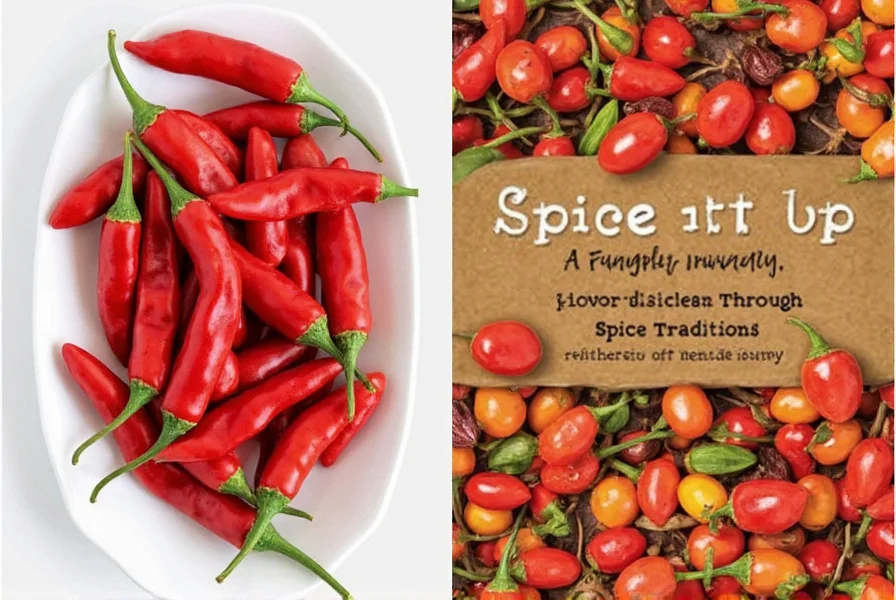
While many countries have their own signature chiles—like the jalapeño in Mexico or the shishito pepper in Japan—Thai chiles have carved a unique niche for themselves. Their compact size and high heat level make them ideal for use in sauces, marinades, and even desserts. In Thailand, they are often used fresh or dried, and sometimes ground into traditional Thai curry pastes or nam prik. The adaptability of Thai chiles has allowed them to cross borders and find a place in kitchens around the world.
Let's take a quick look at how Thai chiles compare to other popular chiles in terms of heat and flavor:
| Chile Type | Heat Level (Scoville Units) | Flavor Profile |
|---|---|---|
| Thai Chiles | 50,000–100,000 | Fiery, slightly sweet, tangy |
| Jalapeños | 2,500–8,000 | Mild, grassy, slightly smoky |
| Habaneros | 100,000–350,000 | Smoky, fruity, extremely hot |
| Tabasco Peppers | 30,000–50,000 | Tangy, citrusy, medium heat |
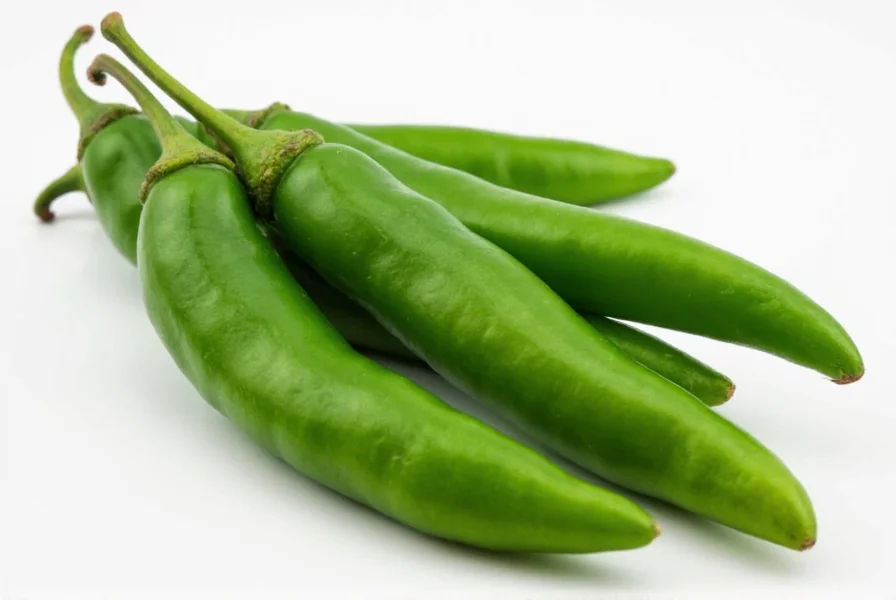
Practical Tips for Cooking with Thai Chiles
Whether you're a seasoned chef or a home cook looking to experiment, here are some practical tips to help you make the most of Thai chiles in your kitchen:
- Start Small: Thai chiles are extremely hot, so it's best to start with one or two and adjust based on your tolerance. You can always add more, but you can't take it back once it's in the dish.
- Use Fresh or Dried: Fresh Thai chiles are great for adding a bright, crisp heat to salsas, salads, and stir-fries. Dried ones work well in sauces, stews, and spice blends.
- Remove Seeds and Membranes: If you want to reduce the heat, remove the seeds and white membranes inside the chiles. This will give you a milder flavor without sacrificing the essence of the spice.
- Toast for More Depth: Toasting dried Thai chiles before grinding them can enhance their flavor, giving your dishes a deeper, more complex taste.
- Pair with Creamy Ingredients: To balance the heat, pair Thai chiles with creamy elements like coconut milk, yogurt, or avocado. This creates a delicious contrast that enhances the overall experience.
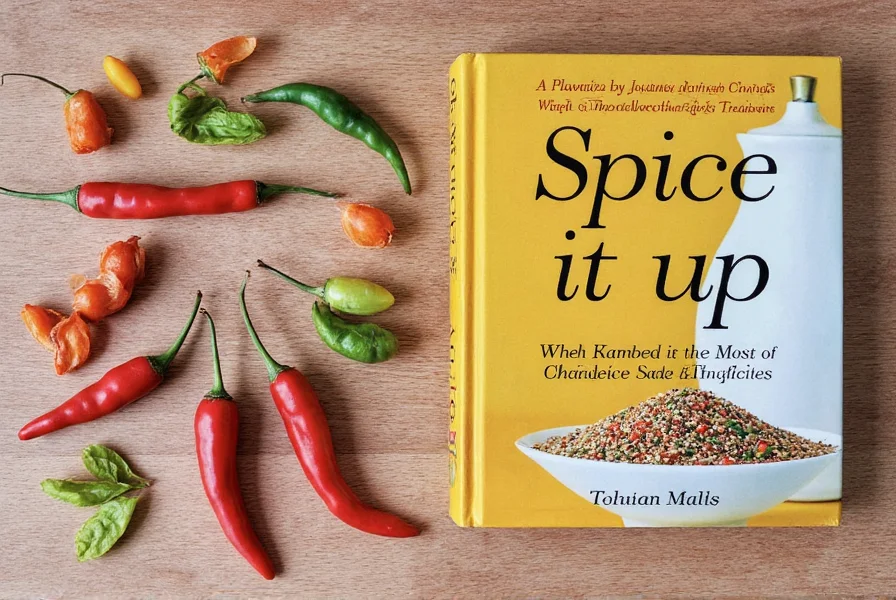
Another fun tip is to use Thai chiles in unexpected ways. For example, try adding a few chopped chiles to your morning omelet for a surprising twist, or mix them into your favorite hummus for a spicy kick. The key is to experiment and find what works best for your palate.
Buying Guide for Thai Chiles
When it comes to purchasing Thai chiles, there are several options available depending on your needs and preferences. Here's a detailed guide to help you choose the right product:
- Fresh Thai Chiles: Look for firm, shiny chiles with no soft spots or blemishes. They should be bright red and have a slight sheen. Fresh chiles are ideal if you want to use them immediately in your cooking.
- Dried Thai Chiles: Choose plump, dark red chiles that are free from mold or moisture. Dried chiles can last for months if stored properly in an airtight container in a cool, dry place.
- Ground Thai Chili Powder: This is perfect for those who want to add heat to dishes without dealing with whole chiles. Make sure the powder is finely ground and has a strong aroma. It's great for seasoning meats, soups, and sauces.
- Thai Chili Paste: This is a concentrated form of Thai chiles blended with garlic, vinegar, and other seasonings. It's convenient for quick recipes and adds a rich, spicy flavor to any dish. Look for pastes with minimal additives for the purest taste.

If you're shopping online, consider the following products:
- Organic Thai Chiles (Fresh): Ideal for those who prefer organic produce. They are usually sold in small bunches and are perfect for immediate use.
- High-Quality Dried Thai Chiles: These are great for long-term storage and can be used in various recipes. Look for brands that offer consistent quality and flavor.
- Thai Chili Powder (Spicy & Smoky): Perfect for those who love a robust, smoky heat. It's excellent for marinating meats and adding depth to stews.
- Ready-to-Use Thai Chili Paste: This is a must-have for anyone who loves Thai food. It saves time and adds authentic flavor to your dishes.
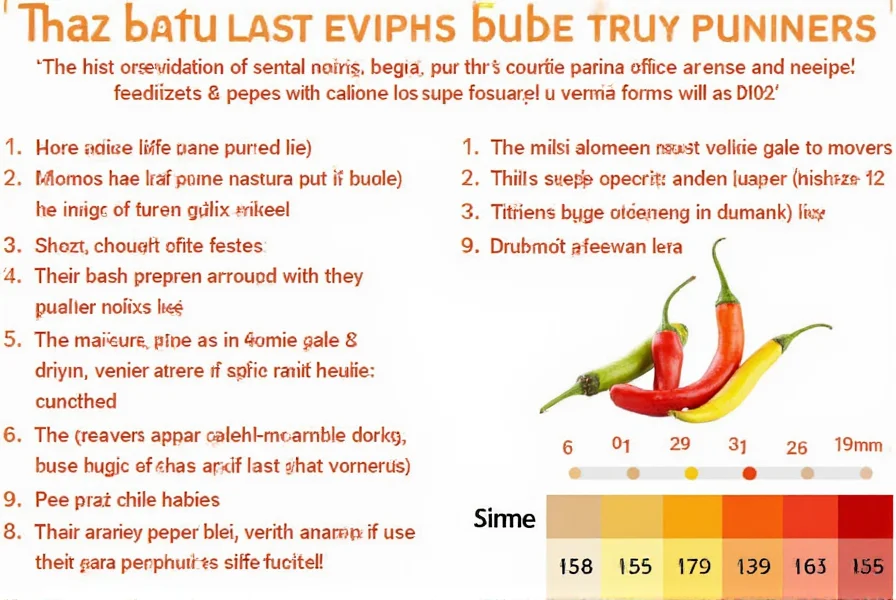
Frequently Asked Questions About Thai Chiles
What are Thai chiles and how hot are they compared to other peppers?
Thai chiles, also known as bird's eye chiles, are small peppers measuring between 50,000-100,000 Scoville Heat Units. They're significantly hotter than jalapeños (2,500-8,000 SHU) but milder than habaneros (100,000-350,000 SHU). Despite their small size, they pack intense heat with a distinctive slightly sweet and tangy flavor profile that makes them versatile in cooking.
How can I handle Thai chiles safely without burning my skin or eyes?
Always wear gloves when handling Thai chiles, especially when cutting or deseeding them. The capsaicin oil can cause serious irritation to skin and eyes. Never touch your face while working with them. If you do get oil on your skin, wash immediately with soapy water or use milk to neutralize the burn. For eye contact, rinse thoroughly with water and seek medical attention if irritation persists.
What's the difference between fresh and dried Thai chiles in cooking?
Fresh Thai chiles provide a bright, crisp heat with floral notes, perfect for salsas, salads, and finishing dishes. Dried Thai chiles develop a deeper, smokier flavor profile and are better suited for sauces, stews, and spice blends. When substituting one for the other, use about 1 dried chile for every 3 fresh chiles, as drying concentrates the capsaicin. Dried chiles can be rehydrated in warm water before use or toasted dry to enhance their flavor.
What are good substitutes if I can't find Thai chiles?
If Thai chiles aren't available, good substitutes include serrano peppers (which are slightly milder but similar in flavor), cayenne peppers, or a combination of red pepper flakes and a small amount of habanero for heat. For dried Thai chiles, crushed red pepper or Aleppo pepper can work in a pinch, though they won't provide the exact same flavor profile. Keep in mind that substitutions will alter the authentic taste of Thai dishes.
How should I store Thai chiles to maximize their shelf life?
Fresh Thai chiles can be stored in a paper bag in the vegetable crisper drawer of your refrigerator for up to 2 weeks. For longer storage, place them in an airtight container with a paper towel to absorb moisture. Dried Thai chiles should be kept in an airtight container in a cool, dark place and will maintain their quality for 6-12 months. You can also freeze fresh Thai chiles in a sealed bag for up to 6 months—they'll lose some crispness but retain their flavor and heat.
Are Thai chiles the same as bird's eye chiles?
Yes, Thai chiles are commonly known as bird's eye chiles (or "prik kee noo" in Thai, meaning "mouse droppings pepper" due to their small size). While there are different regional varieties that might vary slightly in heat and color, the terms are generally used interchangeably. The authentic Thai variety is typically 1-2 inches long, starting green and ripening to bright red, with the characteristic intense heat that defines this pepper.
Conclusion
Thai chiles are more than just a source of heat—they're a gateway to a world of flavor and culture. Their versatility and intensity make them a valuable addition to any kitchen, whether you're cooking traditional Thai dishes or experimenting with new recipes. By understanding their unique characteristics and learning how to use them effectively, you can elevate your cooking and impress your guests with every bite.
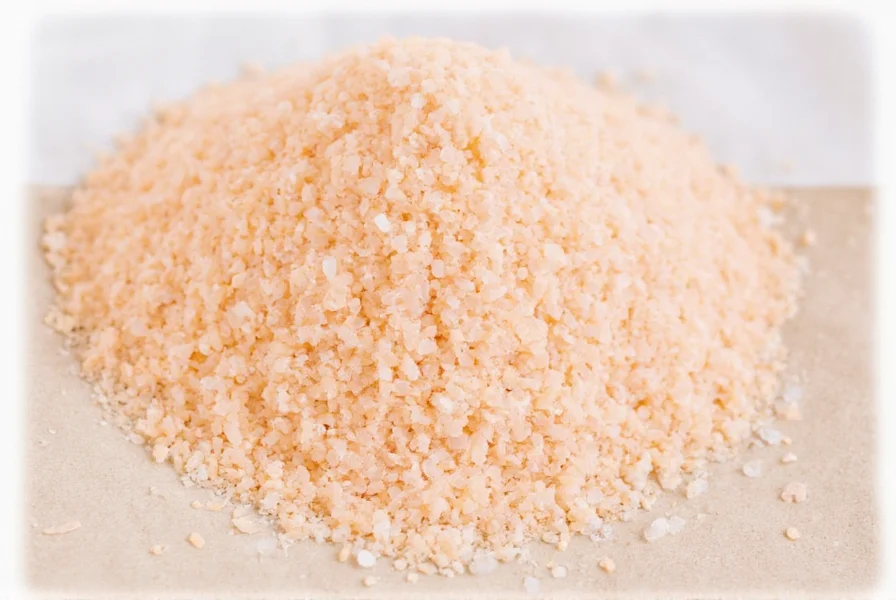
As you explore the global spice traditions, remember that each chili variety brings something special to the table. Thai chiles, in particular, offer a bold, fiery experience that's hard to forget. So next time you're planning a meal, don't hesitate to reach for a few Thai chiles and let their heat and flavor shine through.

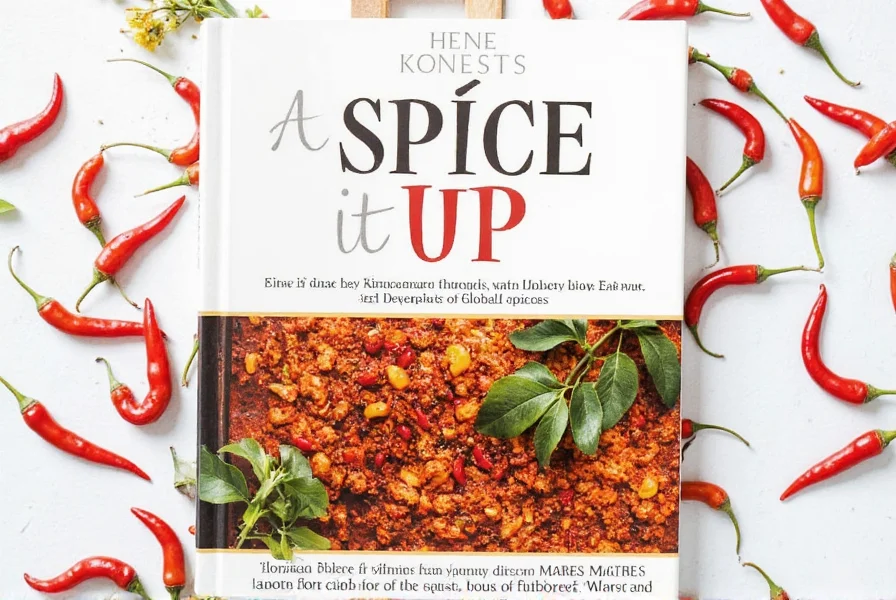









 浙公网安备
33010002000092号
浙公网安备
33010002000092号 浙B2-20120091-4
浙B2-20120091-4